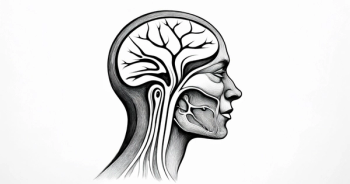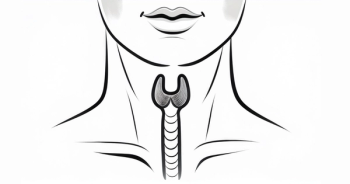
Treatment Options for Patients With Radioiodine-Refractory Metastatic Disease
Medical oncologist Lori Wirth, MD, discusses treatment options for patients with radioiodine-refractory metastatic disease.
Episodes in this series

Lori Wirth, MD: In terms of the trend of less is more, we know that not every patient needs to be treated with radioiodine; when it’s determined in advance that a patient has low-risk disease at small volume and radioiodine isn’t necessarily indicated postoperatively, those patients may elect to have a hemithyroidectomy.
There are indications for treatment with radioiodine. For example, if patients have intermediate- or high-risk thyroid cancer in terms of risk factors for recurrence—the ATA [American Thyroid Association] guidelines are very helpful in making that determination—there’s indication for postoperative radioiodine treatment. If patients have a risking thyroglobulin level or structural disease that you can see on an imaging study that may take up radioiodine, then that’s another reason for treatment with radioiodine.
A subset of patients with DTC [differentiated thyroid cancer] will become iodine refractory. Approximately 15% of patients with DTC will develop progressive iodine-refractory differentiated thyroid cancer. You know it when you see it in terms of what the definition of radioactive iodine is. When patients have established disease, you can see on imaging an elevated thyroglobulin level; on a radioiodine scan there’s no uptake. Sometimes it can be more difficult to determine if a patient has radioiodine disease. For example, if lesions take up radioiodine but grow anyway, that’s considered by the ATA criteria to qualify as iodine-refractory disease. Also, if some of the lesions take up radioiodine but others don’t, that also qualifies by the ATA guidelines for iodine-refractory disease.
When patients do have iodine-refractory differentiated thyroid cancer that’s measurable on imaging studies, those are generally the patients who unfortunately are going to continue to progress and ultimately die of their disease. But even in that category of patients who have the most aggressive differentiated thyroid cancer, there still is a wide variation in the natural history. Some patients will have very slow disease progression that will grow very slowly, millimeter by millimeter over a number of years. Those patients may not need to have any treatment if they have a low burden of disease; they’re asymptomatic, and it’s growing very slowly. Active surveillance may be appropriate for those patients. But there are many patients who will have relentlessly progressive disease that’s growing more rapidly. Or there’s a larger burden. If they have symptoms, then we need to think about treatment for those patients.
Transcript edited for clarity.










































